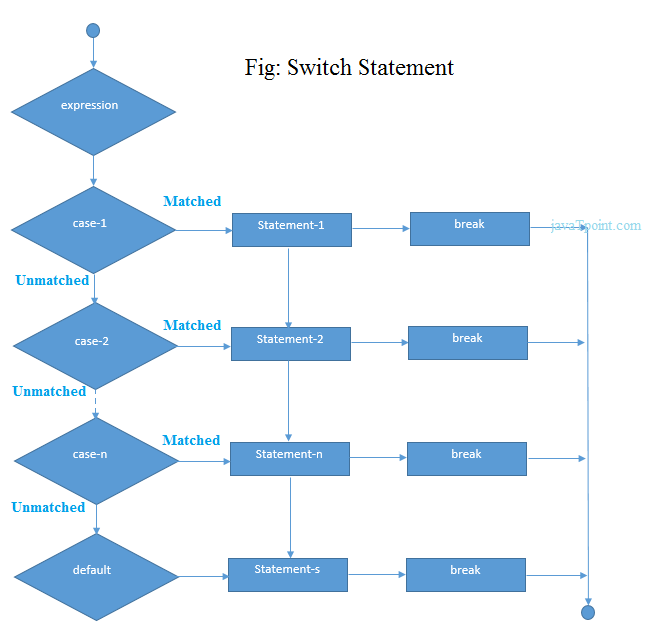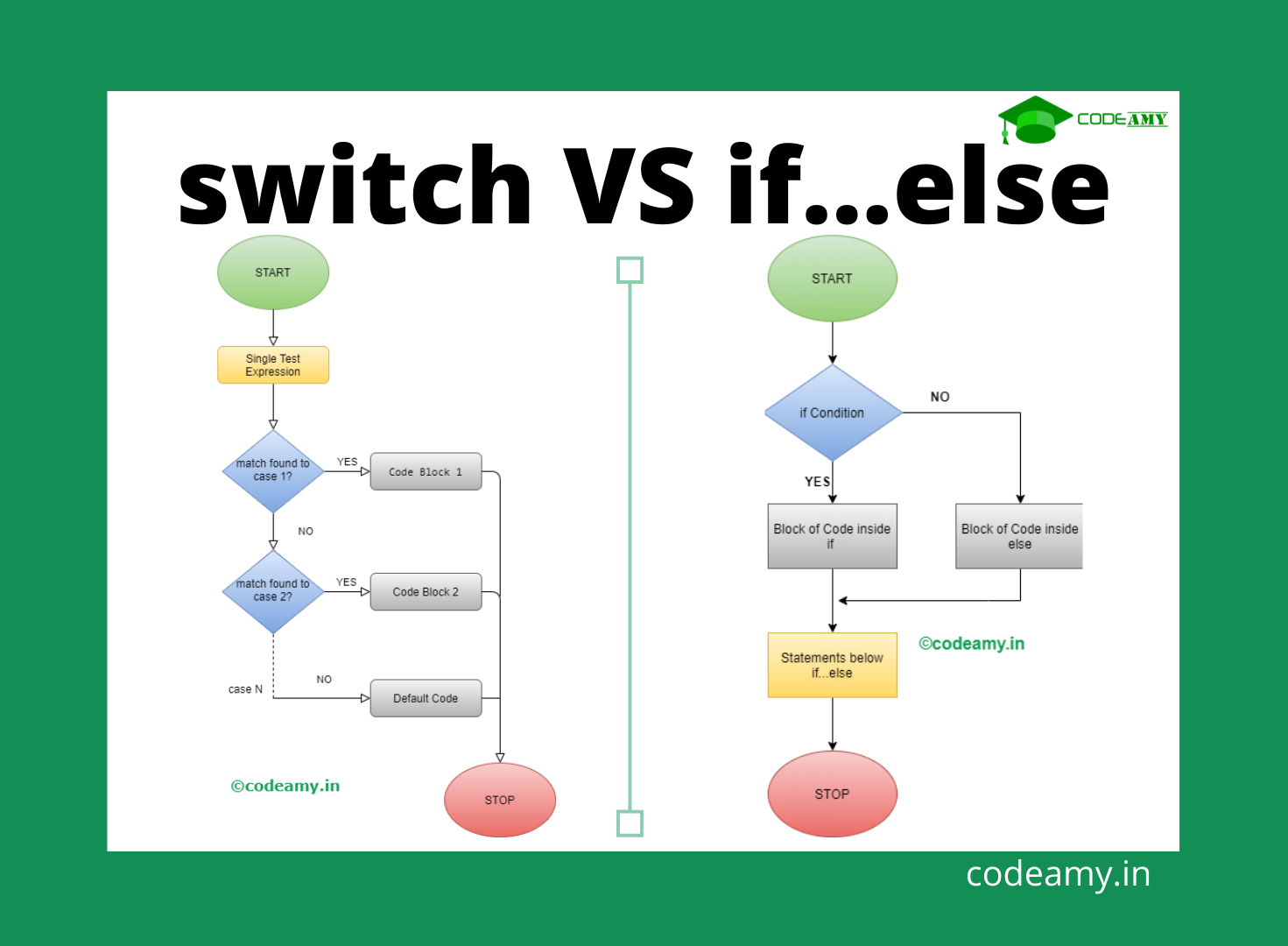What Is Switch Statement
The switch statement allows us to execute one code block among many alternatives You can do the same thing with the if else if ladder However the syntax of the switch statement is much easier to read and write Syntax of switch case With the switch statement, the variable name is used once in the opening line. A case keyword is used to provide the possible values of the variable. That keyword is followed by a colon and a set of statements to run if the variable equals a corresponding value. The keyword default is used to handle any values not covered with one of the.

The body of a switch statement is known as a switch block A statement in the switch block can be labeled with one or more case or default labels The switch statement evaluates its expression then executes all statements that follow the matching case label Switch statements in Java are control flow structures, that allow you to execute certain block of code based on the value of a single expression. They can be considered as an alternative to if-else-if statements in programming. Java Switch Statements- FAQs How to use switch statements in Java

What Is Switch Statement
The switch statement evaluates an expression matching the expression s value against a series of case clauses and executes statements after the first case clause with a matching value until a break statement is encountered The default clause of a switch statement will be jumped to if no case matches the expression s value Yol d rt dayan kl switch syntax in c alpiweb. Switch statement in c programming c programming tutorial for Switch statement in c programming what is switch case with syntax .

Php Condition Archives ScmGalaxy

Switch Vs If Else
The switch statement transfers control directly to an executable statement within the body bypassing the lines that contain initializations The following examples illustrate switch statements switch c case A The switch statement allows us to execute a block of code among many alternatives. Syntax: switch (expression) { case value1: // code break; case value2: // code break; . . default: // default statements } How does the switch-case statement work? The expression is evaluated once and compared with the values of each case.
Switch statement cppreference edit Transfers control to one of several statements depending on the value of a condition optional init statement optional since C 11 since C 17 any of the following which may be a The switch statement body consists of a series of case labels and an optional default label. A labeled-statement is one of these labels and the statements that follow. The labeled statements aren't syntactic requirements, but the switch statement is meaningless without them.